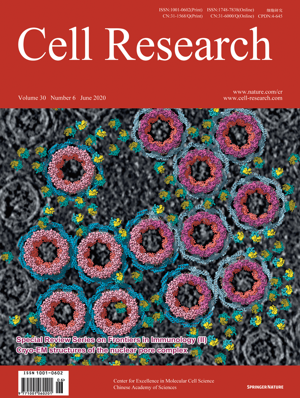
Advanced Search
Submit Manuscript
Advanced Search
Submit Manuscript
Volume 30, No 6, Jun 2020
ISSN: 1001-0602
EISSN: 1748-7838 2018
impact factor 17.848*
(Clarivate Analytics, 2019)
Volume 30 Issue 6, June 2020: 507-519 |
The future of cancer immunotherapy: microenvironment-targeting combinations
Yonina R. Murciano-Goroff1 , Allison Betof Warner1,2,3,4 , Jedd D. Wolchok1,2,3,4,*
1Department of Medicine, Memorial Sloan Kettering Cancer Center, New York, NY 10065, USAImmunotherapy holds the potential to induce durable responses, but only a minority of patients currently respond. The etiologies of primary and secondary resistance to immunotherapy are multifaceted, deriving not only from tumor intrinsic factors, but also from the complex interplay between cancer and its microenvironment. In addressing frontiers in clinical immunotherapy, we describe two categories of approaches to the design of novel drugs and combination therapies: the first involves direct modification of the tumor, while the second indirectly enhances immunogenicity through alteration of the microenvironment. By systematically addressing the factors that mediate resistance, we are able to identify mechanistically-driven novel approaches to improve immunotherapy outcomes.
https://doi.org/10.1038/s41422-020-0337-2